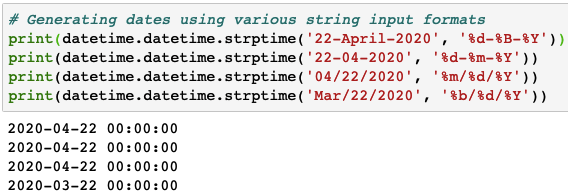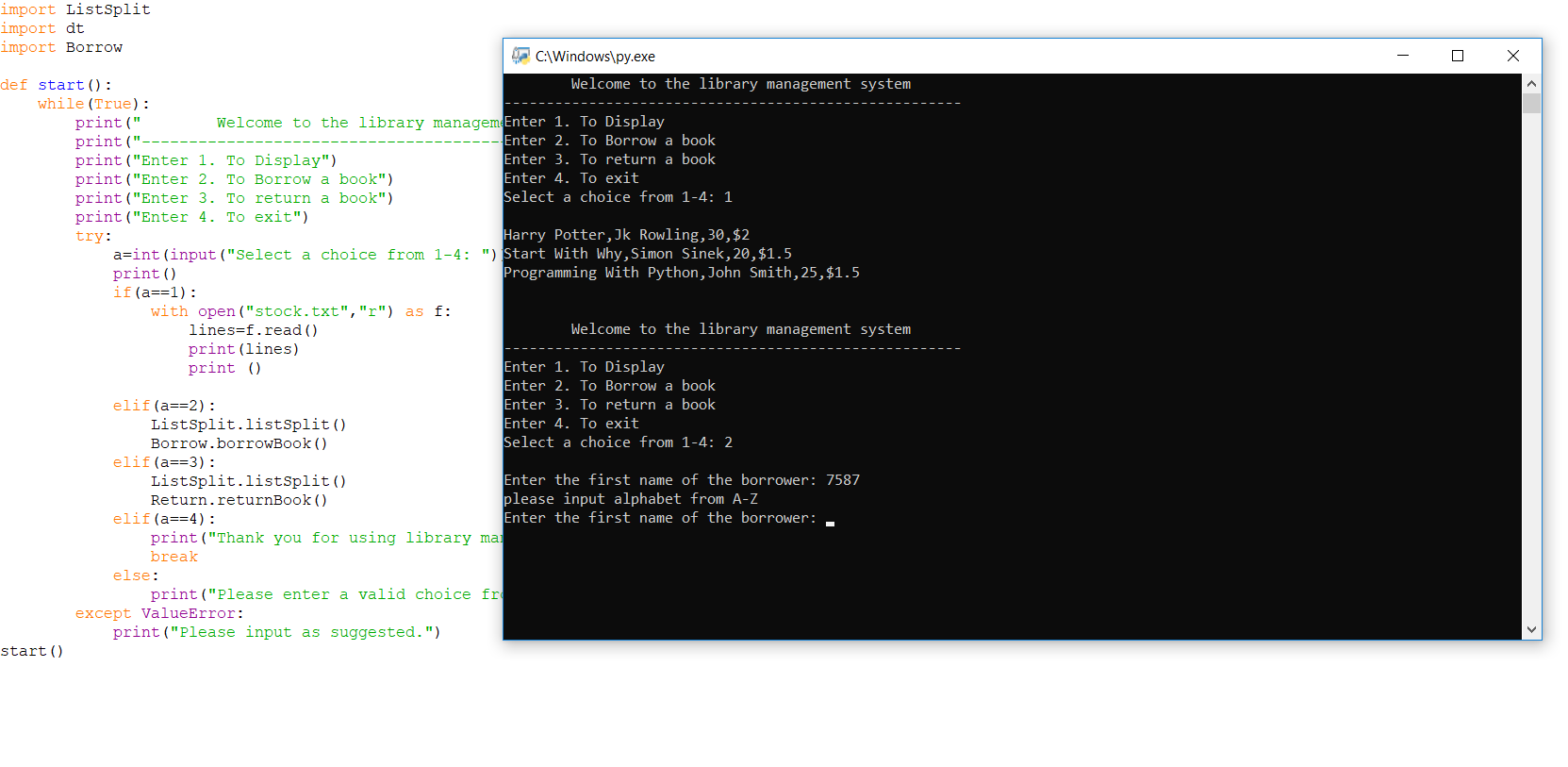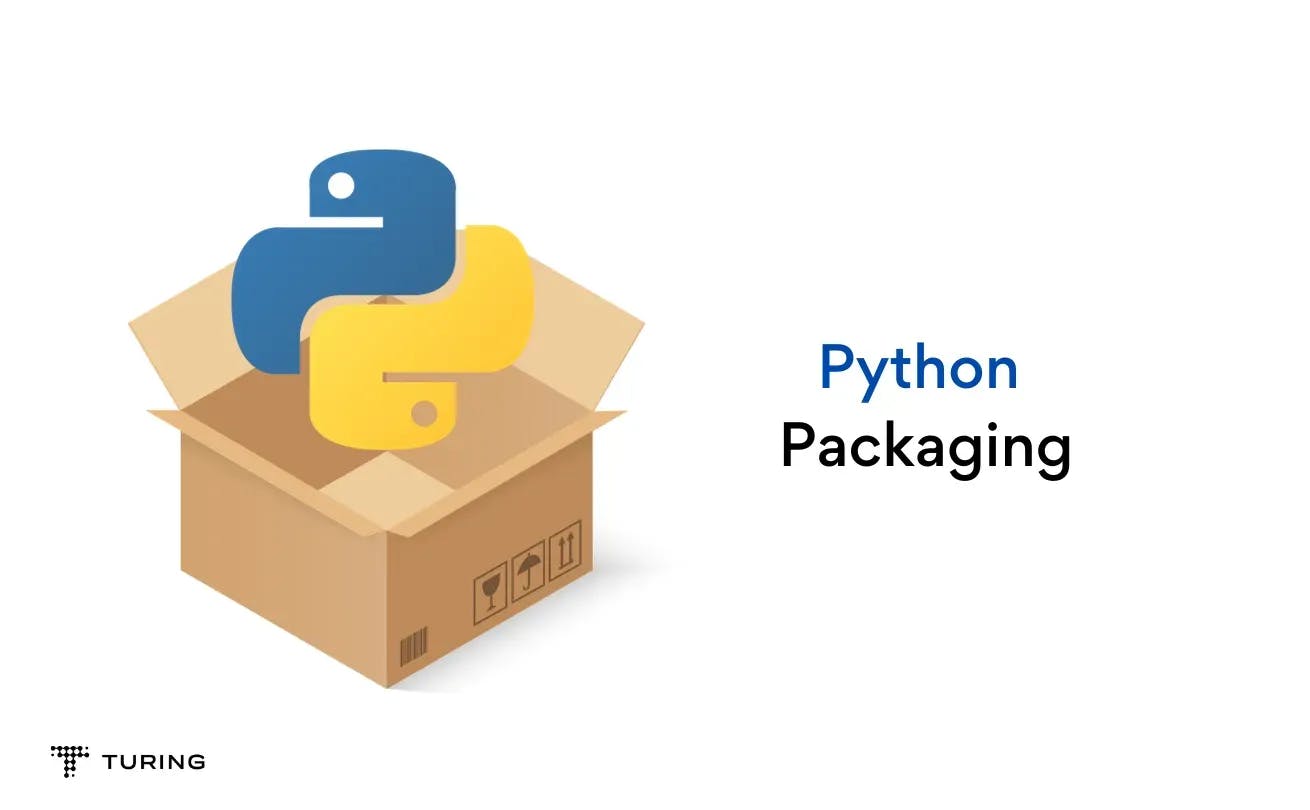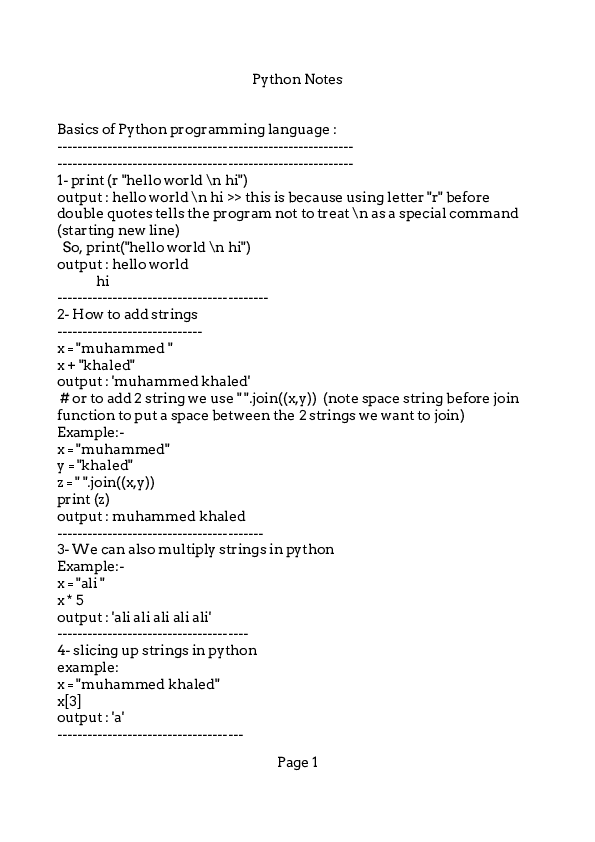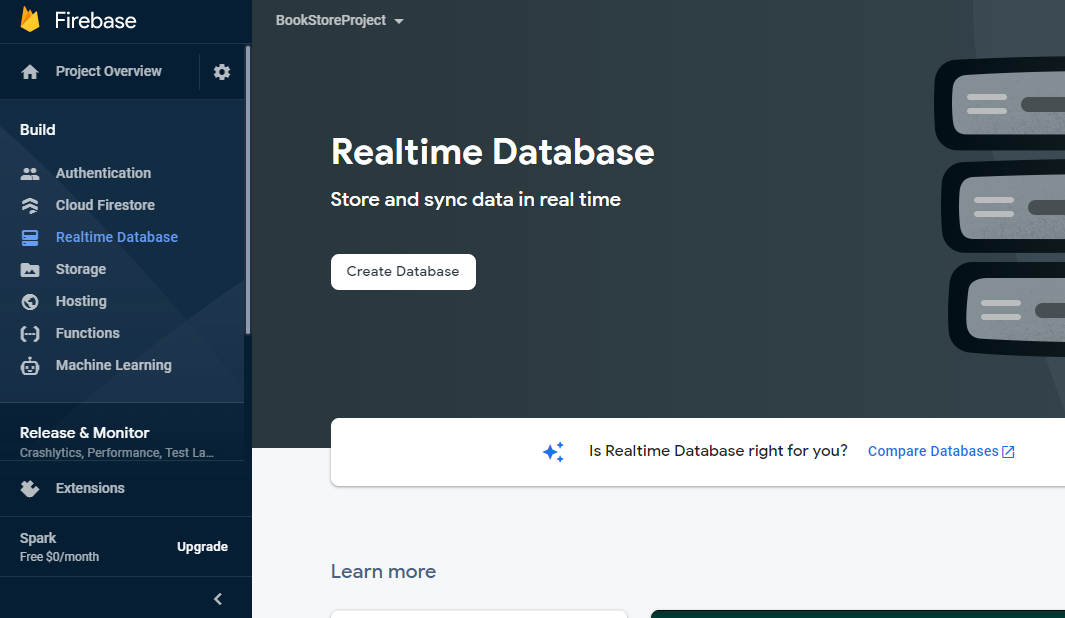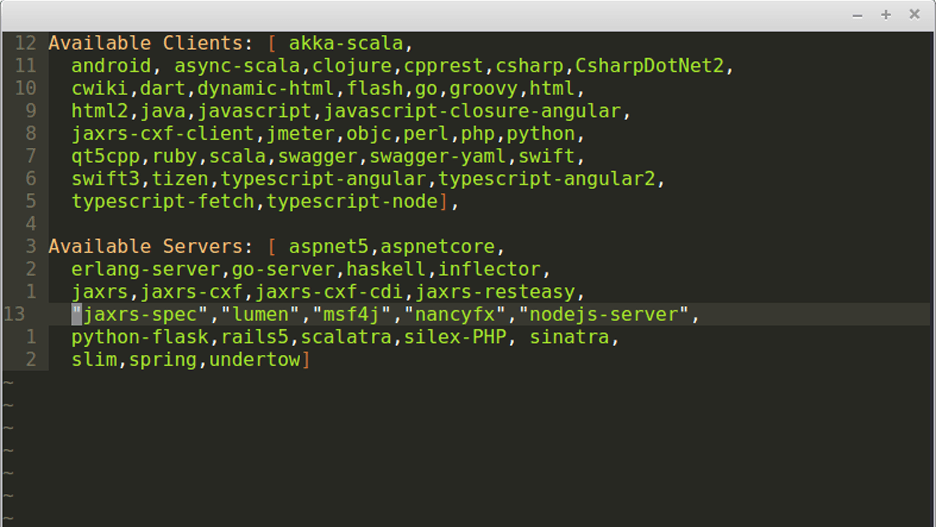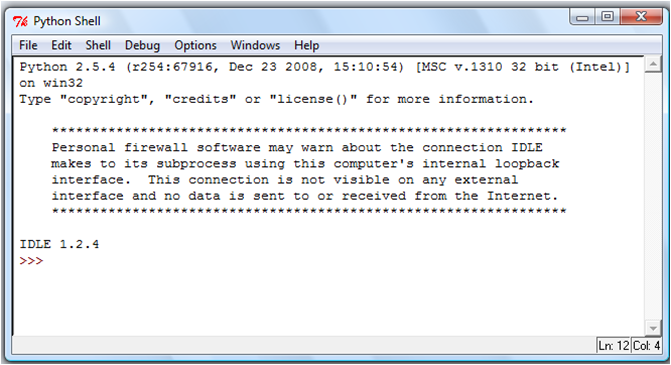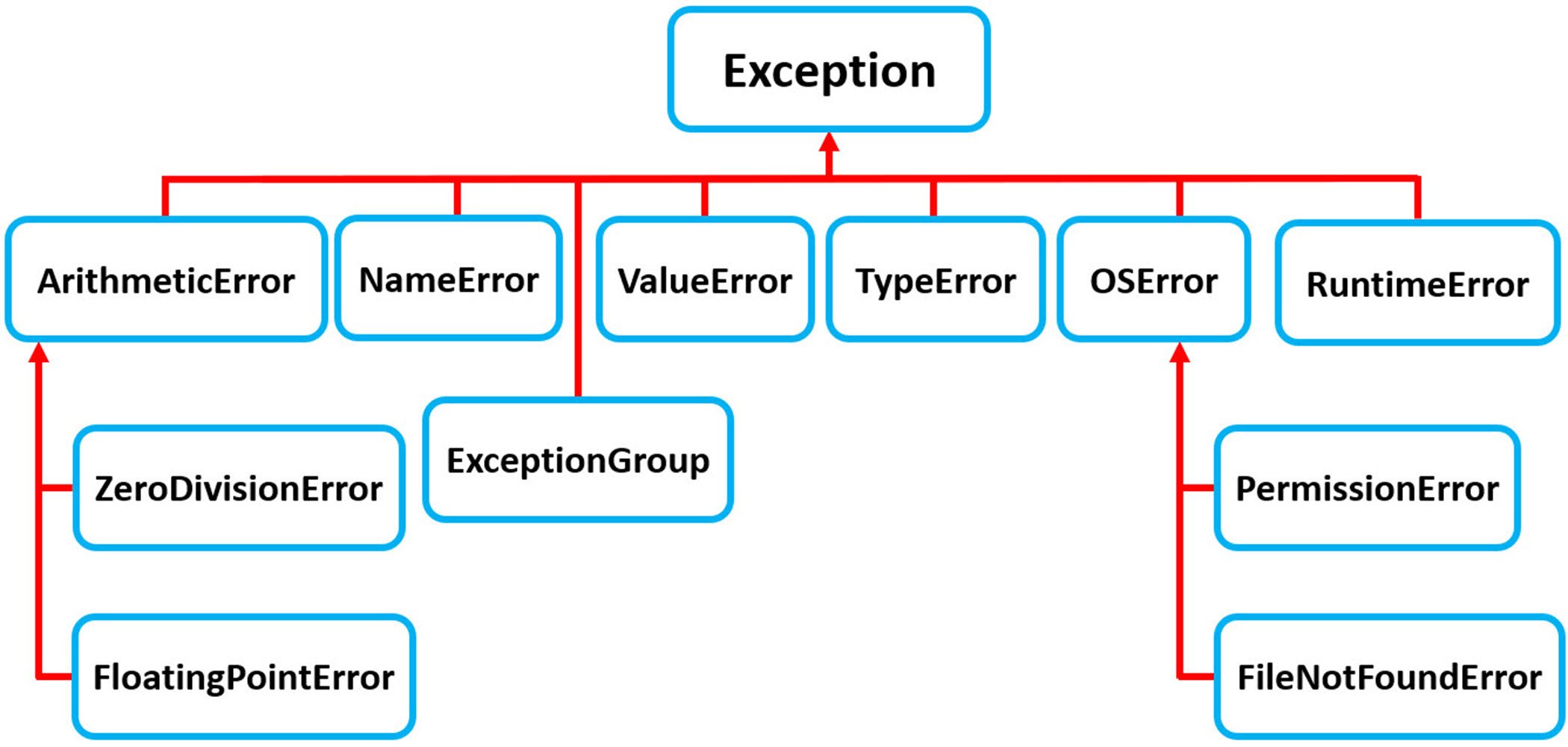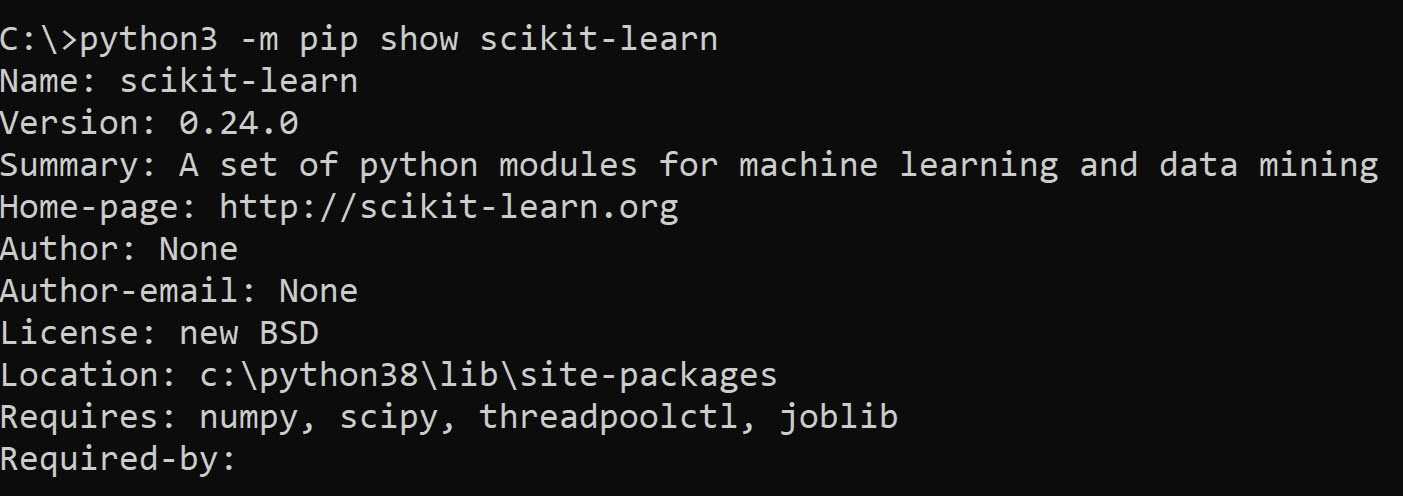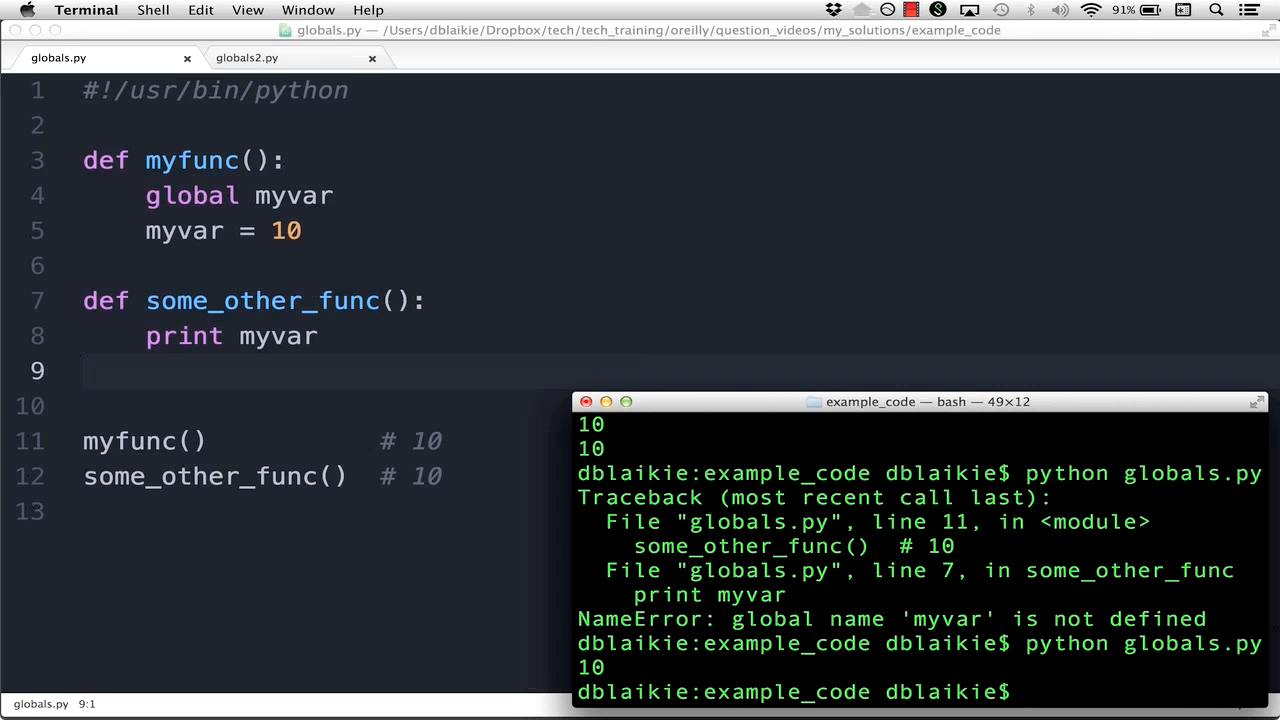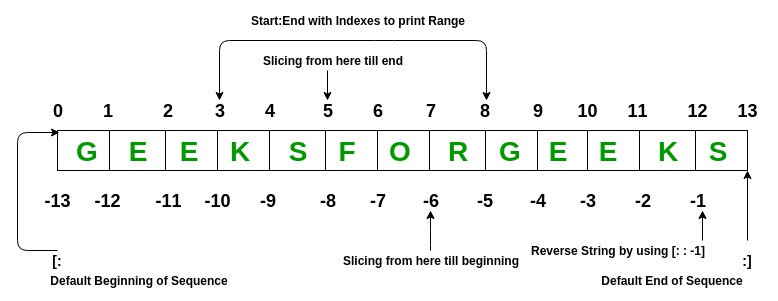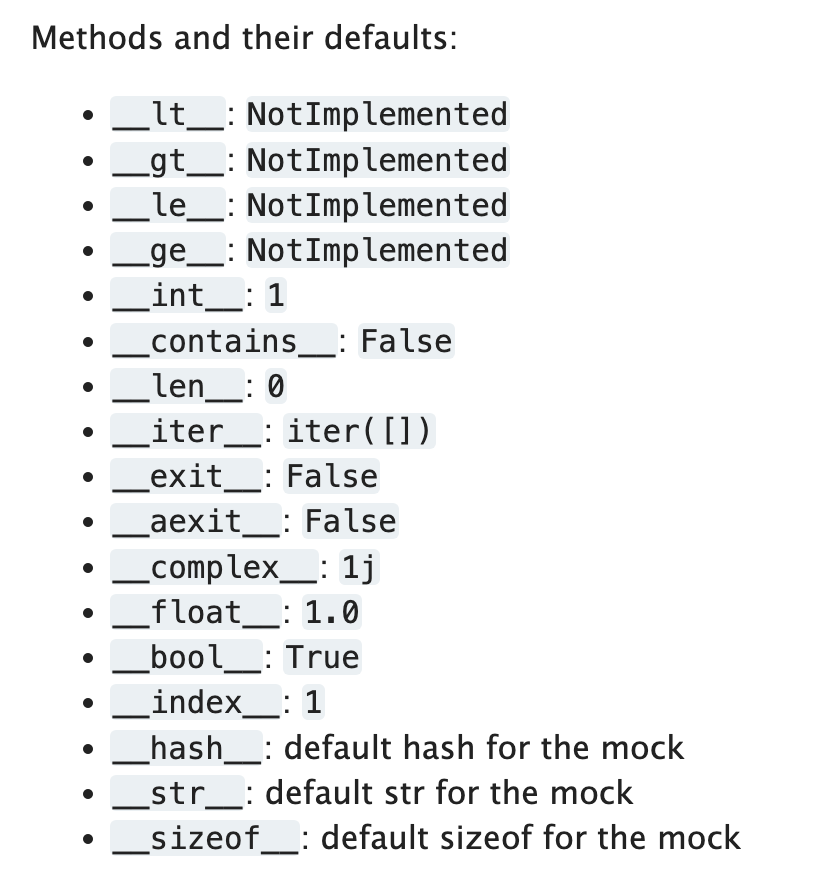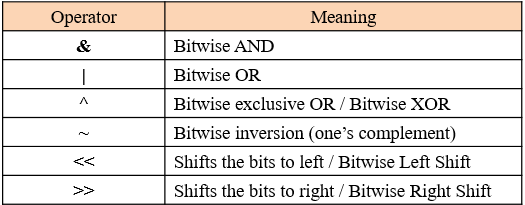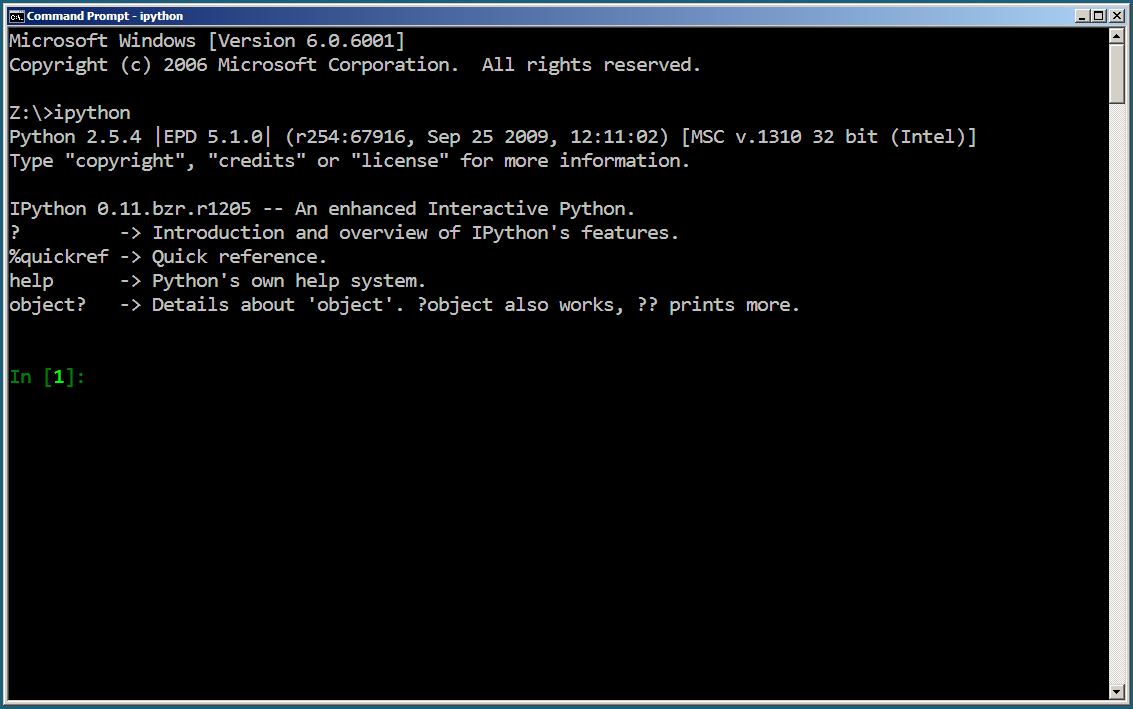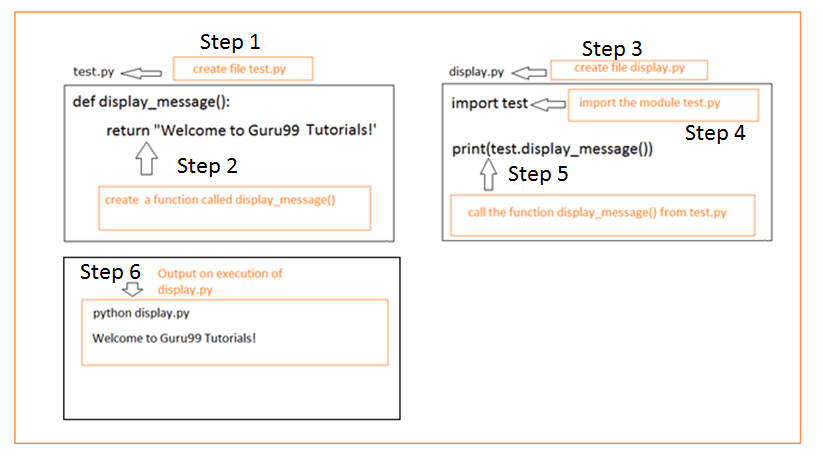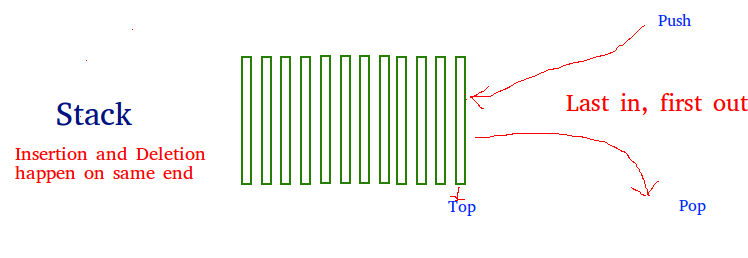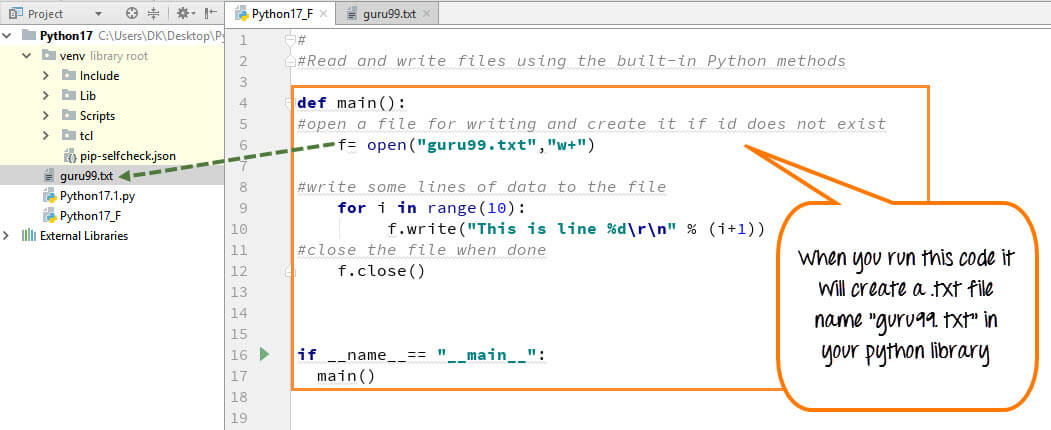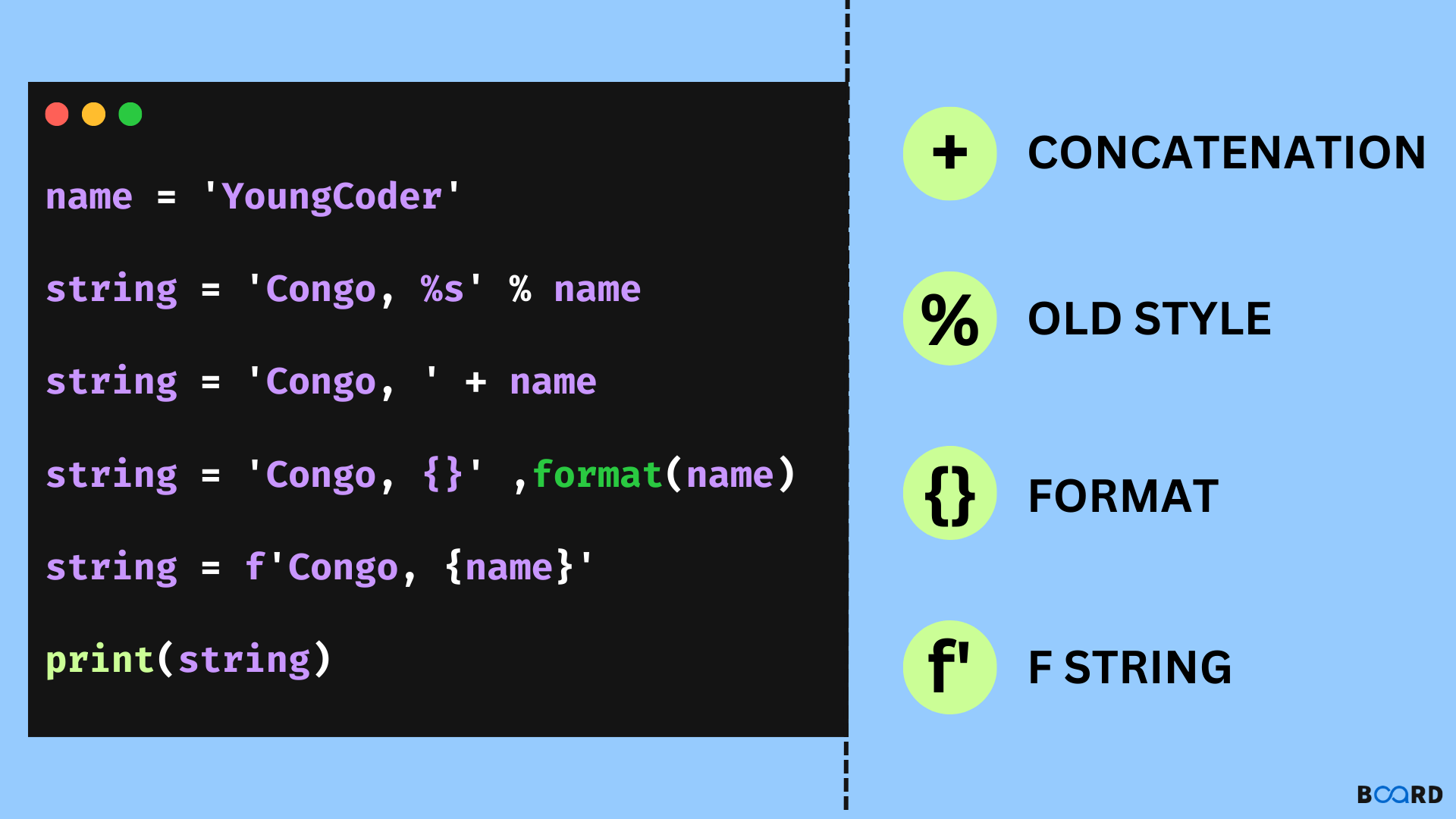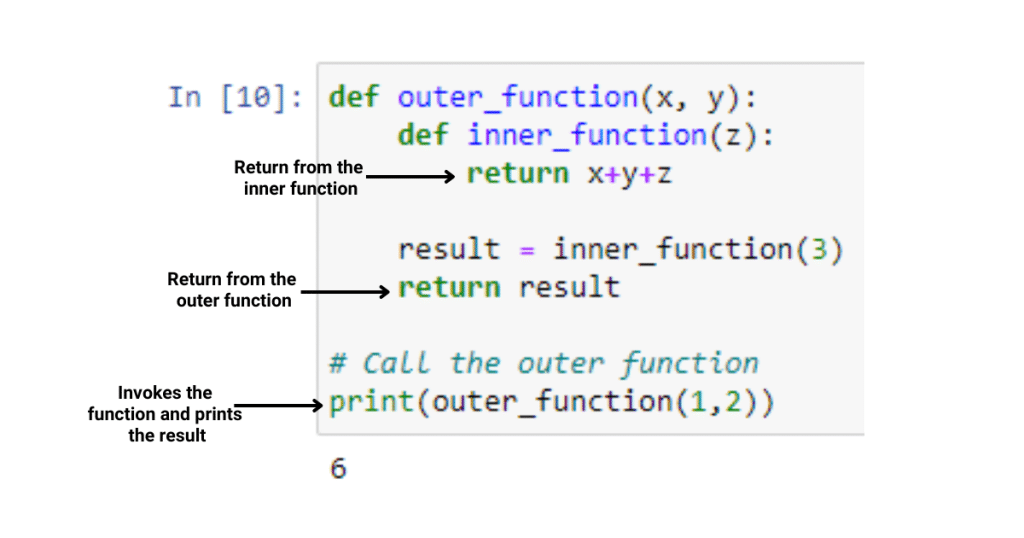What is a list of items in Python?
What is a list of items in Python?

I apologize for the inconvenience earlier!
In Python, a list is a data structure that can store multiple values. It's one of the most fundamental and versatile data structures in programming. Here are some key aspects of lists in Python:
What is a List?
A list is an ordered collection of values that can be of any data type, including strings, integers, floats, tuples, dictionaries, and even other lists. Lists are denoted by square brackets [] and are zero-indexed, meaning the first item in the list has an index of 0.
Creating a List
You can create a list in several ways:
By enclosing values in square brackets:my_list = [1, 2, 3] By using the list() function: my_list = list((1, 2, 3)) By converting a tuple to a list: my_tuple = (1, 2, 3); my_list = list(my_tuple)
Common List Operations
Here are some common operations you can perform on lists:
Indexing: Access an item in the list by its index. For example,my_list[0] would return the first item in the list. Slicing: Extract a subset of items from the list using slicing notation: my_list[start:stop:step]. For example, my_list[1:3] would return the second and third items in the list. Append: Add an item to the end of the list: my_list.append(new_item) Insert: Insert an item at a specific position in the list: my_list.insert(index, new_item) Remove: Remove the first occurrence of an item from the list: my_list.remove(item) Sort: Sort the items in the list: my_list.sort() Reverse: Reverse the order of the items in the list: my_list.reverse()
List Methods
Here are some additional methods you can use with lists:
index(item): Return the index of the first occurrence of an item in the list. count(item): Return the number of occurrences of an item in the list. extend(iterable): Add multiple items to the end of the list. pop(index): Remove and return the item at a specific index. clear(): Remove all items from the list.Advantages of Lists
Lists have several advantages:
Flexible data storage: Lists can store values of any data type, making them versatile for various applications. Efficient insertion and removal: Insertion and removal operations are O(1) in amortized time complexity, making lists suitable for large datasets. Easy sorting and searching: Lists provide built-in methods for sorting and searching, making it easy to manipulate and analyze data.In conclusion, lists are a fundamental data structure in Python that offers flexible data storage, efficient insertion and removal operations, and ease of sorting and searching. By mastering lists, you'll be well-equipped to tackle a wide range of programming tasks!
What is a list example in Python?
I'm happy to respond in English for this question!
In Python, a list is a type of data structure that can store multiple items or values. A list is similar to an array or vector in other programming languages. Here are some examples and uses of lists in Python:
Declaring a List: You can declare a list by enclosing a series of values in square brackets[]. For example:
fruits = ['apple', 'banana', 'cherry']
print(fruits) # Output: ['apple', 'banana', 'cherry']
[]:
fruits = ['apple', 'banana', 'cherry']
Accessing individual elements
print(fruits[0]) # Output: 'apple'
print(fruits[-1]) # Output: 'cherry'
Slicing
print(fruits[1:3]) # Output: ['banana', 'cherry']
append(), extend(), insert(), remove(), and pop() methods:
fruits = ['apple', 'banana']
Adding an element
fruits.append('cherry')
print(fruits) # Output: ['apple', 'banana', 'cherry']
Removing an element
fruits.remove('banana')
print(fruits) # Output: ['apple', 'cherry']
nested_fruits = [['apple', 'banana'], ['cherry', 'date']]
Accessing individual elements
print(nested_fruits[0][1]) # Output: 'banana'
print(nested_fruits[-1][-1]) # Output: 'date'
Slicing
print(nested_fruits[1][1:]) # Output: ['date']
numbers = [1, 2, 3, 4, 5]
Doubling each number
double_numbers = [num * 2 for num in numbers]
print(double_numbers) # Output: [2, 4, 6, 8, 10]
Filtering even numbers
even_numbers = [num for num in numbers if num % 2 == 0]
print(even_numbers) # Output: [2, 4]
These examples demonstrate the basic operations you can perform on lists in Python. Lists are a fundamental data structure in Python, and mastering them will help you write efficient and effective code.

